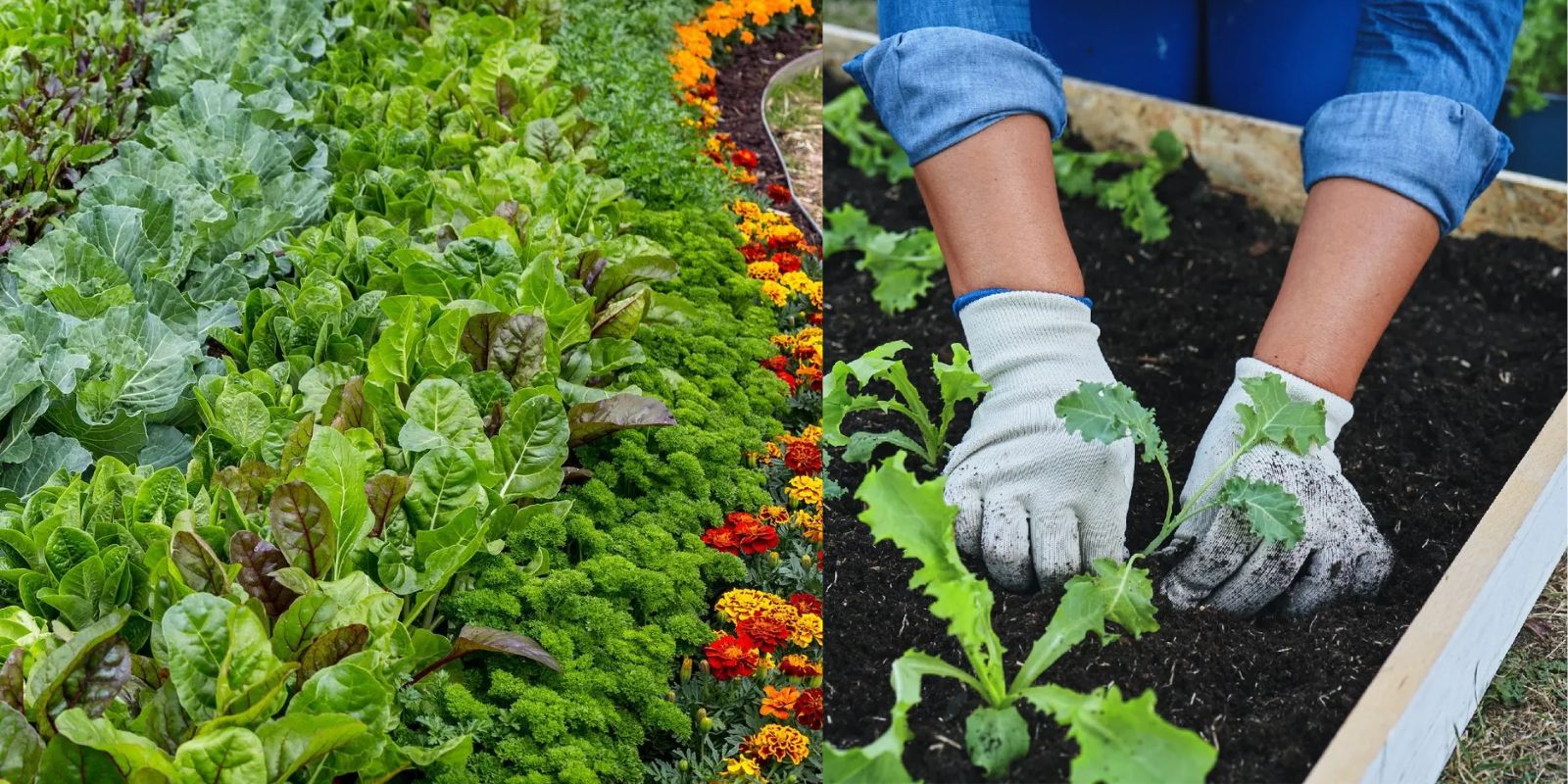Companion planting is more than just a gardening technique; it’s an art that has been refined over centuries. By understanding how different plants interact with each other, gardeners can create a thriving, harmonious environment that boosts productivity, reduces pests, and enhances plant health. In this comprehensive guide, we’ll explore the principles of companion planting, uncover its benefits, and provide practical steps to implement it in your vegetable garden.
Understanding Companion Planting
Companion planting involves growing different plants together to take advantage of their beneficial interactions. These interactions can be physical, chemical, or biological, leading to improved growth, reduced pest problems, and enhanced soil fertility. The basic premise is that some plants support each other, while others can deter pests, improve soil quality, or offer shade and support.
Benefits of Companion Planting
- Pest Control: Certain plants can repel pests or attract beneficial insects that prey on harmful bugs. For example, marigolds are known to deter nematodes and aphids, while planting dill near cabbage can attract predatory insects that help control cabbage worms.
- Improved Growth: Some plants can enhance each other’s growth through their physical characteristics or by enriching the soil. For instance, planting beans alongside corn allows the beans to climb the corn stalks, while beans fix nitrogen in the soil, benefiting the corn.
- Enhanced Soil Fertility: Plants like legumes (beans, peas) have the ability to fix atmospheric nitrogen into the soil, which benefits other plants that require nitrogen. This reduces the need for synthetic fertilizers and promotes a healthier soil ecosystem.
- Maximized Space: Companion planting helps make the most of your garden space by using different growth habits to complement each other. Tall plants can provide shade for smaller ones, and spreading plants can act as ground cover to reduce weed growth.
Steps to Implement Companion Planting
- Research Plant Relationships:
Start by researching which plants are good companions. Various resources and gardening books offer lists of beneficial plant pairings. For example:
- Tomatoes and Basil: Basil enhances the flavor of tomatoes and repels flies and mosquitoes.
- Carrots and Radishes: Radishes help loosen the soil, making it easier for carrots to grow.
- Cucumbers and Nasturtiums: Nasturtiums act as a trap crop for aphids and cucumber beetles.
- Plan Your Garden Layout:
Design your garden layout with companion planting principles in mind. Consider factors such as:
- Plant Height: Position taller plants (like corn) where they can provide shade or support for shorter ones (like lettuce).
- Sunlight Requirements: Ensure that plants with similar light needs are grouped together. Shade-tolerant plants should be placed where they can benefit from the shade of taller plants.
- Consider Pest Control:
Use plants that naturally repel pests or attract beneficial insects. For instance:
- Marigolds: Repel nematodes and aphids while attracting pollinators.
- Garlic and Onions: Deter aphids, ants, and other pests with their strong smell.
- Promote Soil Health:
Enhance soil fertility by incorporating nitrogen-fixing plants and using ground cover crops. For example:
- Legumes (Beans, Peas): Fix nitrogen in the soil, benefiting other plants that need nitrogen.
- Cover Crops (Clover, Rye): Improve soil structure and add organic matter.
- Manage Growth and Space:
Utilize the growth habits of plants to optimize space:
- Vertical Space: Grow vining plants (like cucumbers) on trellises or alongside taller plants (like tomatoes).
- Ground Cover: Use low-growing plants (like lettuce or radishes) as ground cover to suppress weeds and retain soil moisture.
- Monitor and Adjust:
Regularly observe your garden to see how plants interact. Look for signs of pest problems, growth issues, or nutrient deficiencies. Adjust your planting strategies as needed. If certain combinations are not working well, be prepared to change your approach for better results.
Practical Tips for Success
- Start Small: If you’re new to companion planting, begin with a few pairs of plants and gradually expand as you gain experience.
- Record Keeping: Keep a gardening journal to track which plant combinations work best and note any changes in plant health or yield.
- Soil Testing: Regularly test your soil to ensure it has the right nutrients for your plants and adjust your planting strategy accordingly.
Motivational Sentence
Unlock the full potential of your vegetable garden by mastering the hidden art of companion planting. By thoughtfully pairing plants and creating a balanced ecosystem, you can achieve a thriving garden that not only looks beautiful but also yields bountiful harvests year after year.
With this guide, you’re equipped to transform your garden into a model of productivity and harmony. Embrace the art of companion planting and watch your garden flourish like never before.

